Four men to stand trial over theft of £4.8m gold toilet from Blenheim Palace
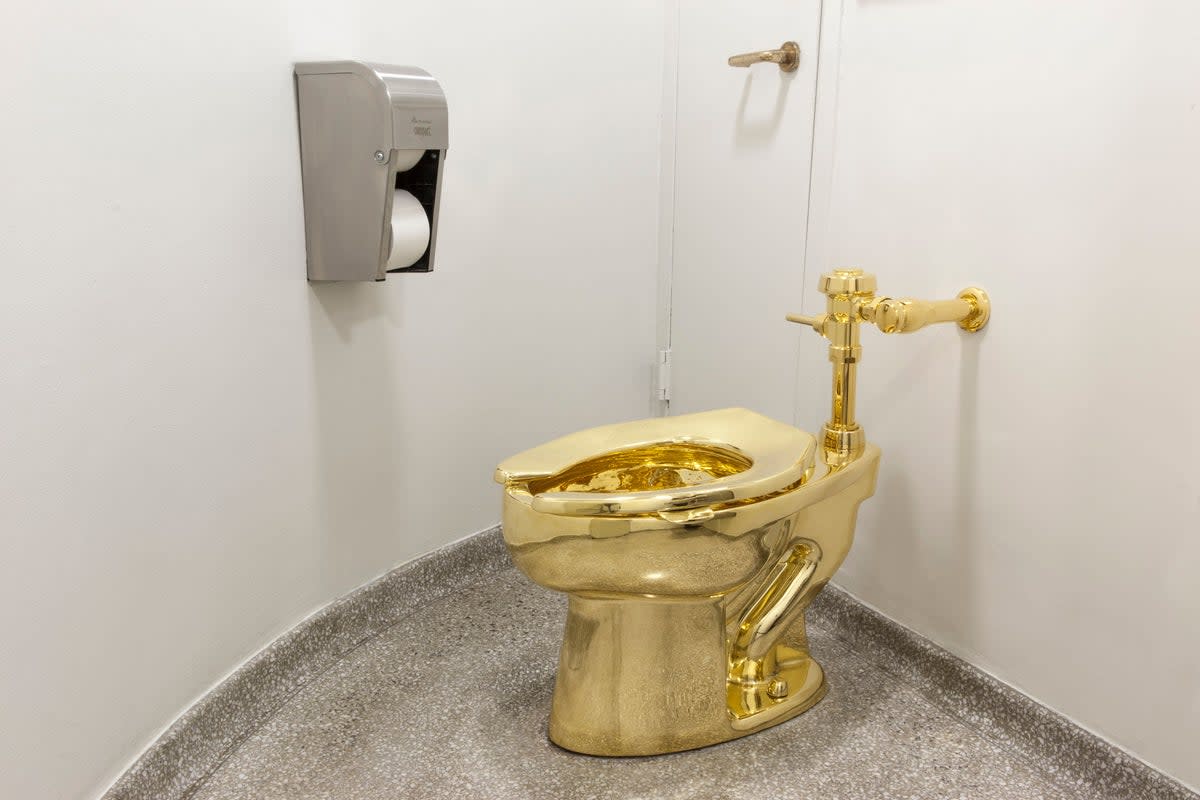
Four men are to stand trial over the theft of a £4.8m solid gold toilet from Blenheim Palace.
The fully functioning commode, titled America, was used by more than 100,000 visitors to a New York museum before it was installed at the Oxfordshire country house where Winston Churchill was born – and days later stolen in an overnight raid.
The final defendant to enter his plea, Bora Guccuk, 40, from west London, pleaded not guilty to charges over the theft on Thursday, denying one count of conspiracy to transfer criminal property.
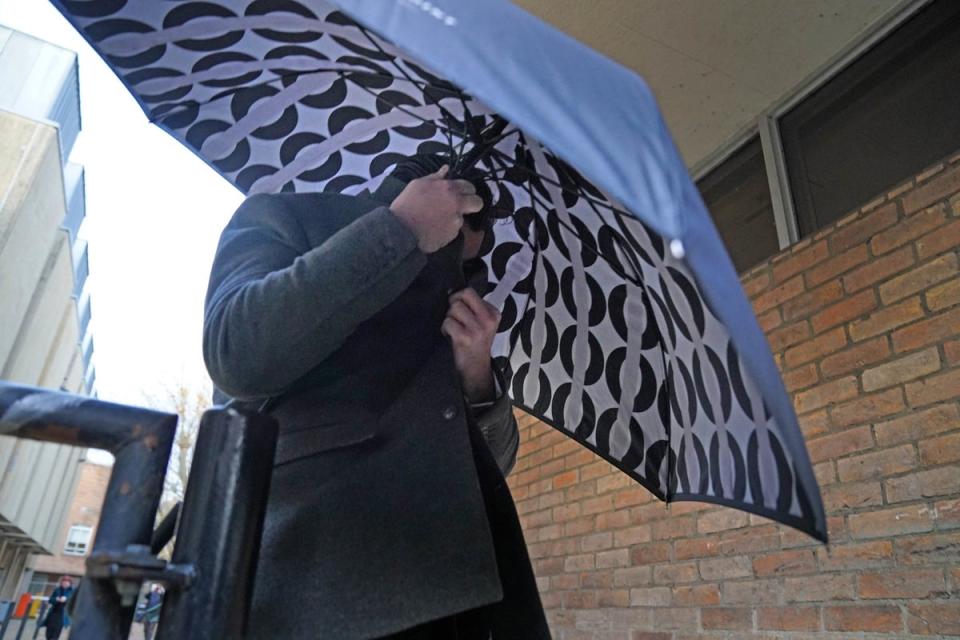
It comes after James Sheen, 39, from Wellingborough, Northamptonshire, and Michael Jones, 38, from Oxford, both pleaded not guilty in January to burgling the 18-carat art installation in the early hours of 14 September 2019.
Mr Sheen has also denied a charge of transferring criminal property, while both he and 35-year-old Frederick Sines, aka Frederick Doe, from Ascot, Berkshire, have denied a charge of conspiracy to transfer criminal property.
All four defendants are next due to appear in court on 24 February 2025.
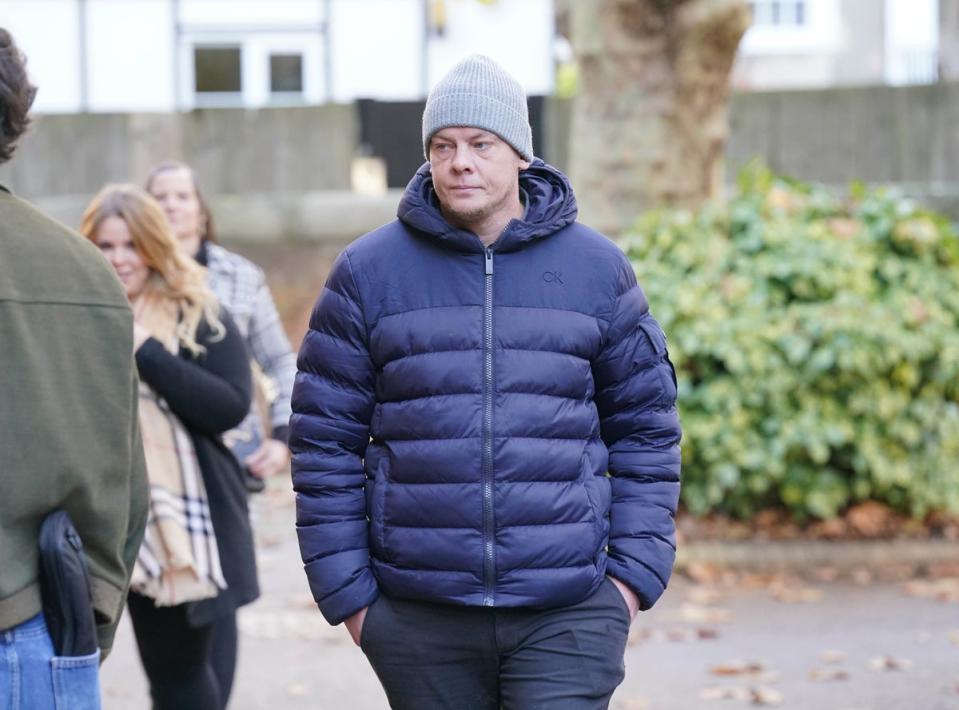
The toilet was created by Italian artist Maurizio Cattelan in 2016 for the New York Guggenheim museum before it was housed at Blenheim Palace as the centrepiece of an exhibition that started the week before it was stolen.
Mr Cattelan, who has a history of mischievous stunts, was at the time forced to issue a denial he orchestrated the theft of his creation in a Banksy-style prank.
The theft of the toilet, which the artist intended to be “1 per cent art for the 99 per cent”, reminded some sceptics of Banksy’s artwork Girl with Balloon, which shredded itself moments after being sold for £1m in October 2018.
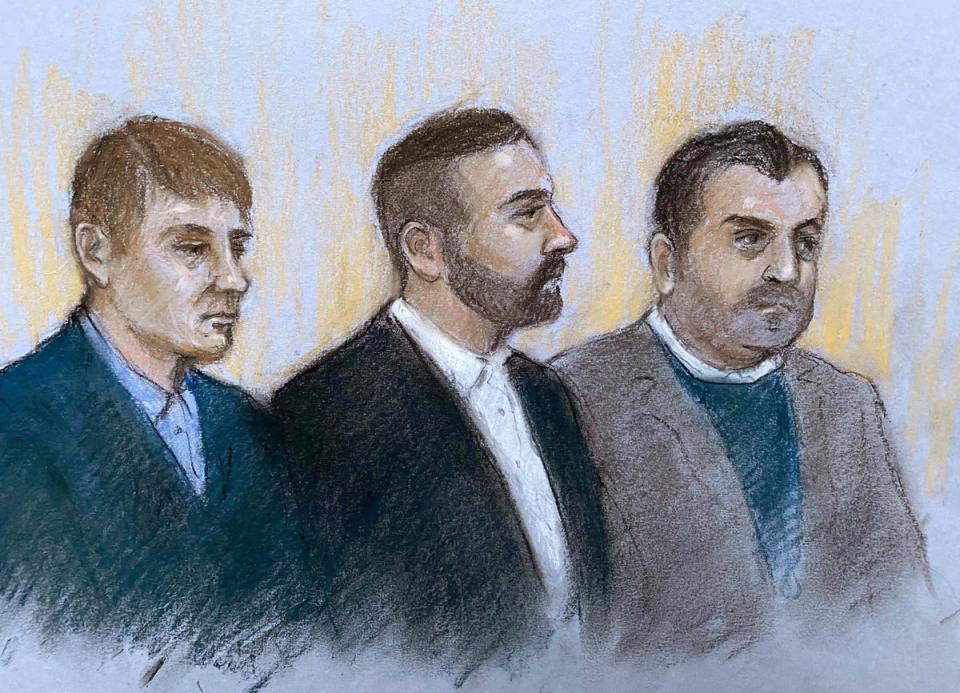
Mr Cattelan is also known to have stolen the whole show of another artist at a gallery in Amsterdam in 1996. He tried to pass off the exhibition as his own work. Despite police being called, he was allowed to continue the display for several days.
The artist said at the time that the theft was a “survival tactic” after he was given only two weeks to produce work for his exhibit. He added: “I took the path of least resistance. It was the quickest and easiest thing to do.”
Mr Cattelan is set to produce what curators described as a “large outdoor artwork” on the facade of a prison chapel for the upcoming Venice Biennale.
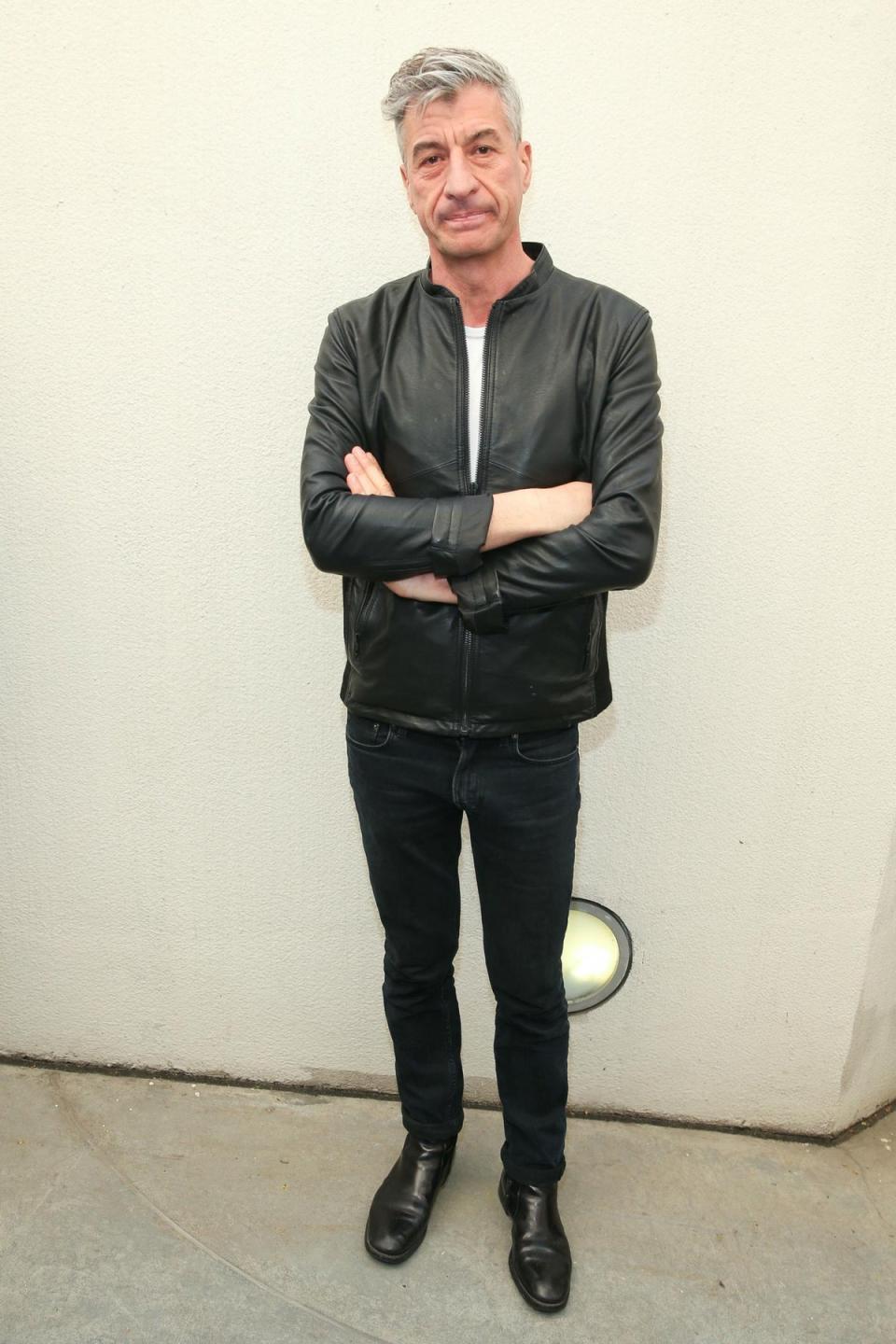
The Vatican unveiled its groundbreaking project earlier in March. The multimedia installation will be located inside Venice’s women’s prison, created with the active participation of inmates and artists and open to the public under strict security conditions.
Mr Cattelan is the most notable among half a dozen artists who will work alongside them, reflecting Pope Francis’s belief in the value of dialogue, solidarity and fraternity.
Mr Cattelan's return to Venice comes almost a quarter-century after he shocked Catholics with his provocative “The Ninth Hour”, (La Nona Ora) featuring a life-sized wax Pope John Paul II lying on his side, crushed by a massive black meteorite, that was displayed at the 2001 Biennale.


